The Maha-mantra
The Hare Krishna maha-mantra—Hare Krishna, Hare Krishna, Krishna Krishna, Hare Hare/ Hare Rama, Hare Rama, Rama Rama, Hare Hare—is known as the greatest (maha) of all mantras because it contains the potency of all other spiritual sound.
Chanting the maha-mantra is thus the most popular and effective form of kirtana. The maha-mantra is also considered the greatest chant because unlike other mantras it aims only for service to God. While the chanter of other mantras generally wants some earthly reward—health, daily bread, the protection of loved ones—the chanter of the maha-mantra asks only to be used as God’s instrument, to serve Him in love and devotion without any expectation of return. Srila Prabhupada gives us the following translation: “O Lord, O energy of the Lord, please engage me in Your divine service.”
Since the maha-mantra is composed solely of the names of God, how does one arrive at this translation? Simply put, the names composing the mantra are in the vocative case, used when petitioning or calling out to someone. So Hare means “O Radha,” as Hare is the vocative form of Hara, a name for Radha, who personifies devotion to Krishna. Since Rama is a name for Krishna, the maha-mantra is a heartfelt petition to Radha-Krishna. What does the chanter of the maha-mantra ask of Radha-Krishna? Only for the privilege of serving Them in pure love.
A Deeper Meaning
The maha-mantra is a prayer with great depth that extends from a simple glorification of the Lord to an urgent request: “Please engage me in Your service.” And yet it goes further still. Great acaryas, pure teachers who have passed down the mantra in disciplic succession, explain it in various deep ways.
 Quick ViewAdd to cart
Quick ViewAdd to cart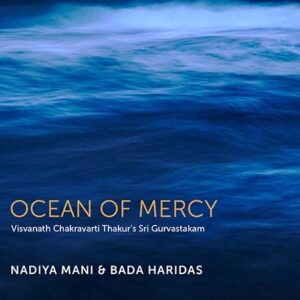 Quick ViewAdd to cart
Quick ViewAdd to cart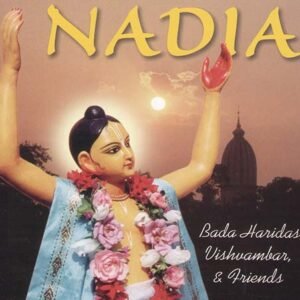 Quick ViewAdd to cart
Quick ViewAdd to cart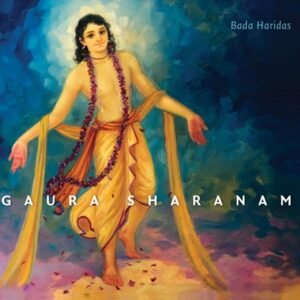 Quick ViewAdd to cart
Quick ViewAdd to cart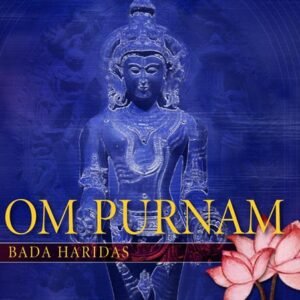 Quick ViewAdd to cart
Quick ViewAdd to cart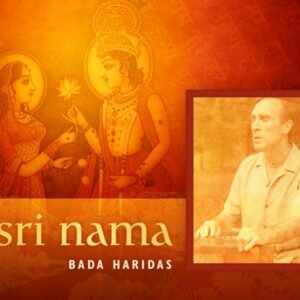 Quick ViewAdd to cart
Quick ViewAdd to cart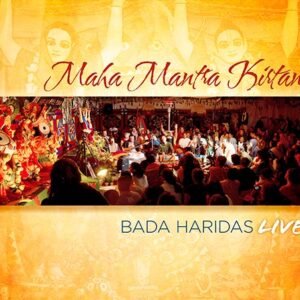 Quick ViewAdd to cart
Quick ViewAdd to cart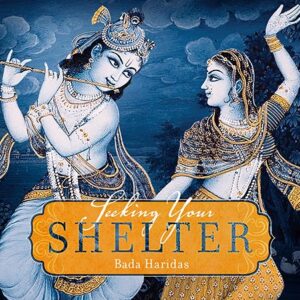 Quick ViewAdd to cart
Quick ViewAdd to cart